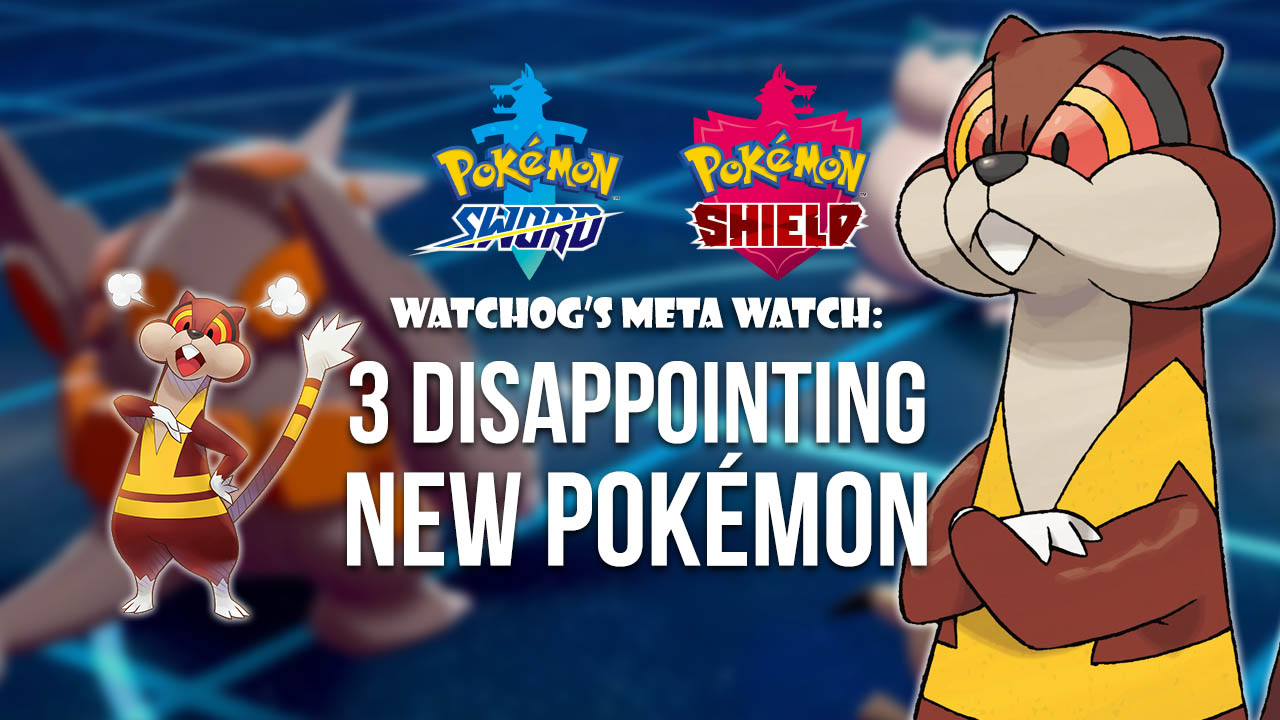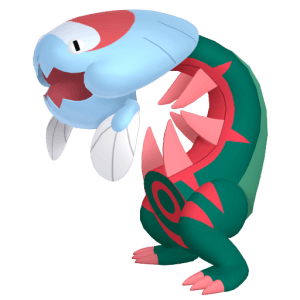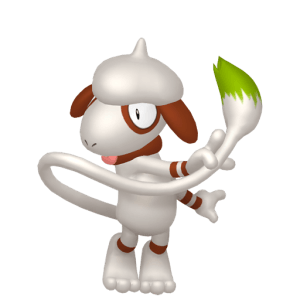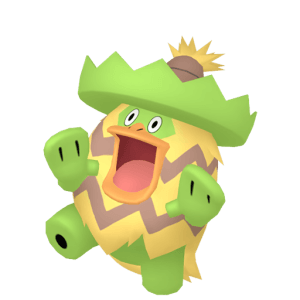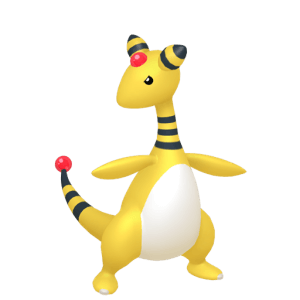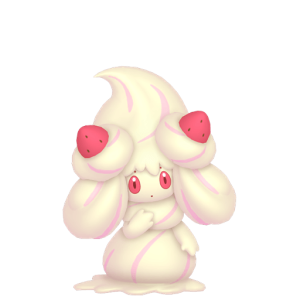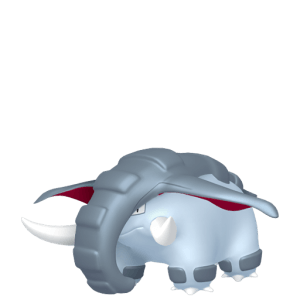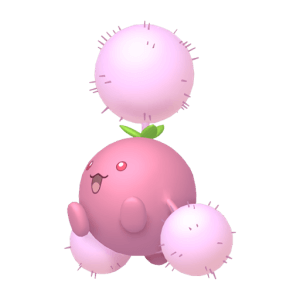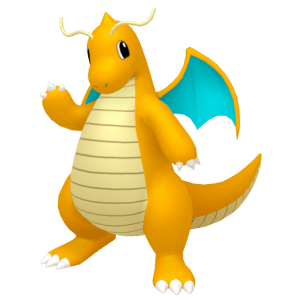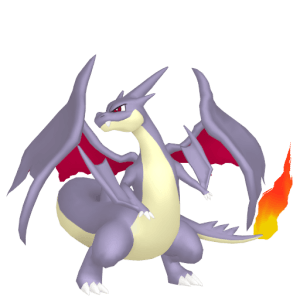Greetings, Trainers! In recent days we’ve taken a look at some of the new and returning species which are going to determine the shape of the Sword and Shield metagame, but now it’s time to flip the coin and identify the species that have fallen apart under considered analysis. These are Pokémon with deceptively high stats, interesting typings and expansive movepools, but which fatally fall flat at the final hurdle.
It’s not all negative though – we’ll be providing some tips on alternative Pokémon you can use to fulfil broadly the same role as these unfortunates. More importantly, remember to use teams that you personally enjoy playing with; you shouldn’t pay an iota of attention to our nay-saying if you have the skill to pull off sweeps with the Pokémon below! This especially applies in the developing lower tiers, where the competition (but not the players) are just a little softer compared to the cut-throat environment of Pokémon Showdown OU.
Inteleon
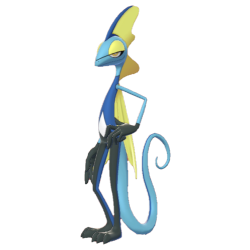
Inteleon has some big shoes to fill as far as sleek, non-mammalian Water type starters go. One would be forgiven for thinking that the Secret Agent Pokemon would be the next Greninja after a glance at its stats, with excellent Special Attack and Speed scores.
Unfortunately, Inteleon falls well short of that title. STAB Hydro Pump certainly hurts coming from 120 Special Attack, but Inteleon’s coverage options are pretty uninspiring; Ice Beam is acceptable for taking on predicted Grass and Dragon switch-ins, but Shadow Ball, Dark Pulse and Air Slash are all weak without STAB. Crucially, Inteleon lacks any means of breaking through bulky Water types, leaving it helpless against the likes of the omnipresent Toxapex.
Inteleon boasts an infuriatingly great physical movepool with access to Swords Dance, Liquidation, Sucker Punch, U-Turn, Aqua Jet and Ice Shard, and a physical or mixed set might be tempting if it weren’t irreparably undermined by a paltry 85 base Attack. A Swords Dancing Inteleon would need to boost twice to be seriously threatening, and that’s time it isn’t going to have with the worst defenses of any fully-evolved starter Pokemon.
Neither of Inteleon’s abilities help salvage the situation. The currently-unreleased Sniper is likely the better of the two given that Inteleon will rarely retain any HP under offensive pressure, but it’s still too unreliable to build a consistent strategy around. Keep this starter for the in-game adventure, folks.
What should you use instead?
If you need a fast and hard-hitting Water type, use Barraskewda. It, too, is mono-Water, but it has an amazing range of coverage moves to compensate.
If you want to smash through targets with blistering special attacks, look to Gengar or Salazzle. Both possess good dual STAB moves and can even utilise Nasty Plot.
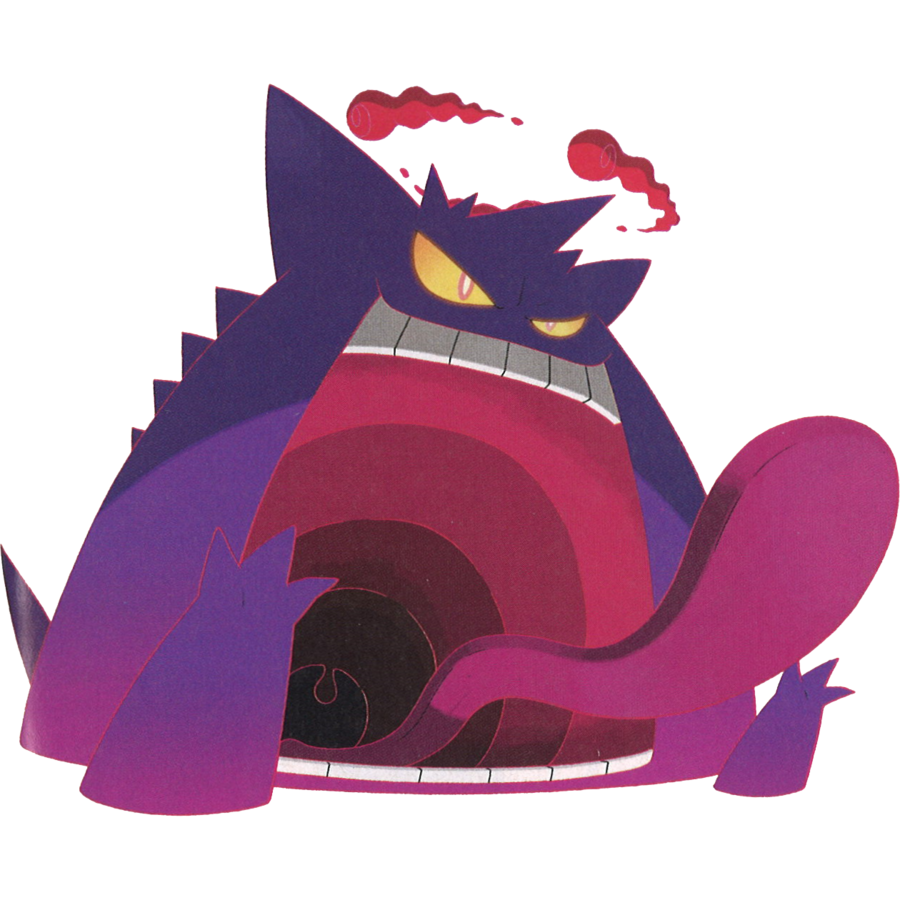
Toxtricity
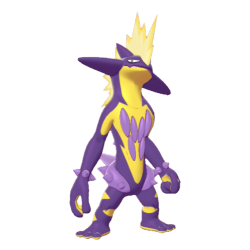
Toxtricity is blessed with two types that individually boast great competitive relevance, as well as making for a previously-unseen combination and hyper-cool design concept. Electric has been a stand-out offensive type since Gen 1, spelling hurt for popular Water and Flying types with the ubiquitous Thunderbolt. Poison has also long been stellar on the defense, presenting a roadblock for hard-hitting Fighting Pokémon and bringing an immunity to Toxic, often the bane of bulky walls.
Toxtricity’s movepool is also solid, with strong and reliable STAB moves backed up by powerful neutral coverage in Boomburst and even a setup option in Shift Gear. Unlike many attackers (see above), Toxtricity can make good use of both physical and special options with 98 Attack and 115 Special Attack, enabling it to give a wide range of targets a hard time.
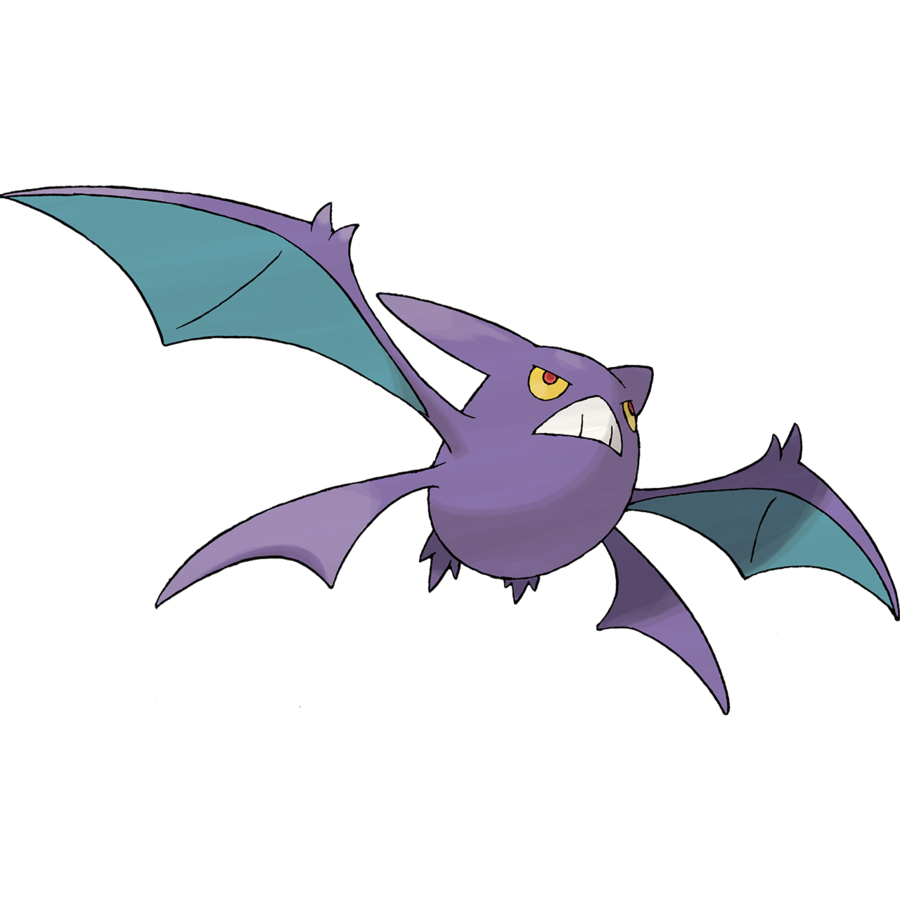
Dig a little deeper though, and Toxtricity’s plus-points start to look more like minuses. Though good individually, Poison and Electric mesh together quite poorly; Electric’s offensive bent sits awkwardly alongside Poison’s defensive benefits. Despite the fact that Toxtricity can hit a respectable number of targets for neutral damage, it falls disappointingly short against a number of key defensive Pokémon in the metagame. Of Toxapex, Ferrothorn, Hippowdon, Tyranitar and Galarian Corsola, the Punk Pokemon can only strike Toxapex for super-effective damage with its STAB moves.
It’s a similar story on the defense. Electric doesn’t have many weaknesses but it brings few resistances and utterly compounds Toxtricity’s vulnerability to the ever-potent Earthquake. Mediocre defensive stats and unimpressive Speed means Toxtricity will crumble quickly under moderate offensive pressure – this might theoretically lead to a hit-and-run wallbreaking playstyle, but as discussed, Toxtricity struggles to leave a mark on some of Galar’s most relevant bastions.
What should you use instead?
Toxtricity’s typing is literally unique, so there’s really no direct analogue for its capabilities. That said, there’s a wealth of hard-hitting Poison and Electric types in Galar; the likes of Roserade and Galvantula might scratch your itch.
Alternatively, if you were initially attracted to Toxtricity’s mixed capabilites, Hydreigon and Dragapult are excellent picks – both are highly unpredictable and have access to the moves to punish almost any foe.
Frosmoth
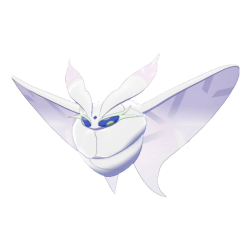
Quiver Dance is such a potent move that it’s automatically worth taking a look at any Pokémon that can use it, and Frosmoth is so unique as to be worth a second glance, too. Along with making Milotic look like Garbodor in the beauty department, Frosmoth seemingly has the tools to be an offensive powerhouse with an excellent Special Attack stat and STAB Ice and Bug moves, striking fear into the many relevant Dragon, Flying, Ground and Dark types.
Anyone with even a rudimentary knowledge of competitive Pokémon knows that Bug and Ice are abysmal defensive typings – paired together, it’s no stretch to say that Frosmoth has the worst defensive typing in the game! However, not all is as bad as might seem. Frosmoth is already acceptably bulky on the special side, but with Ice Scales and a Quiver Dance’s Special Defense buff, it’s very far removed from being a mere moth to the flame!
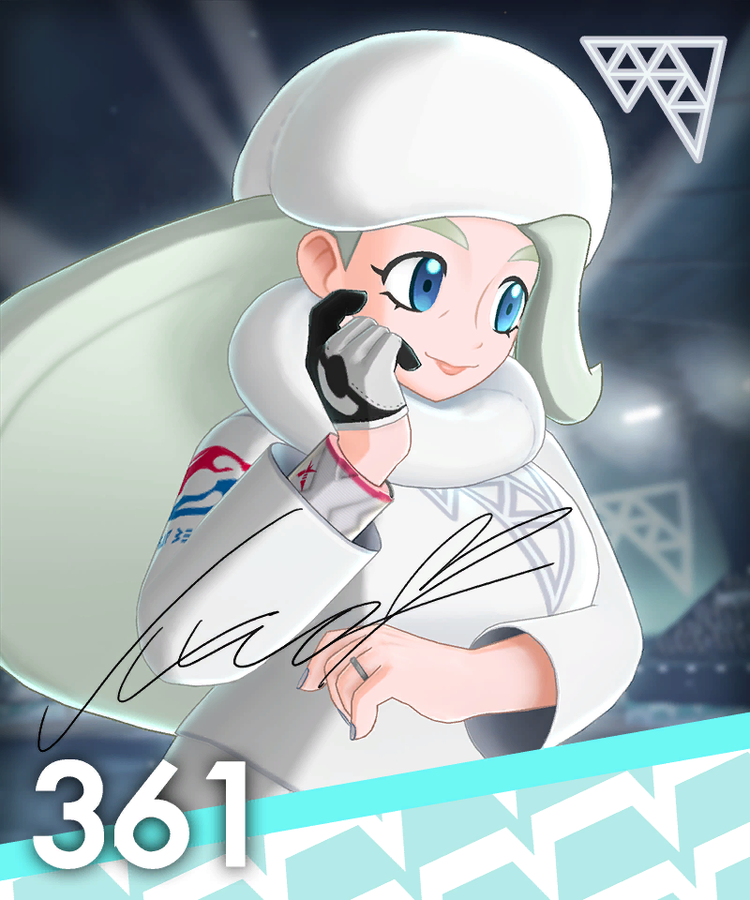
These are promising foundations for an interesting if flawed win condition. However, much depends on one vital component: Frosmoth needs a good base Speed stat to outpace threats after a single +1 boost or risk being swiftly and easily taken out of commission. Given this, and given that Frosmoth so closely resembles the swift Volcarona, it would make sense for the Frost Moth Pokemon to have, maybe, 90+ Speed, right?
Game Freak, in their mind-boggling wisdom, gave this gorgeous, delicate creature a miserable 65 base Speed. Even after a boost, Frosmoth can still be outsped and squashed by such popular monsters as Cinderace and Barraskewda, as well as every physical Choice Scarf user going. Even opponents without the raw Speed to achieve this will often require only moderately powerful physical priority to take on the moth – the Cufant in the room is Frosmoth’s horrific vulnerability to Stealth Rock, necessitating hazard removal support for a Pokémon that can already only sweep in narrow circumstances. In Frosmoth’s case, beauty is merely skin-deep.
What should you use instead?
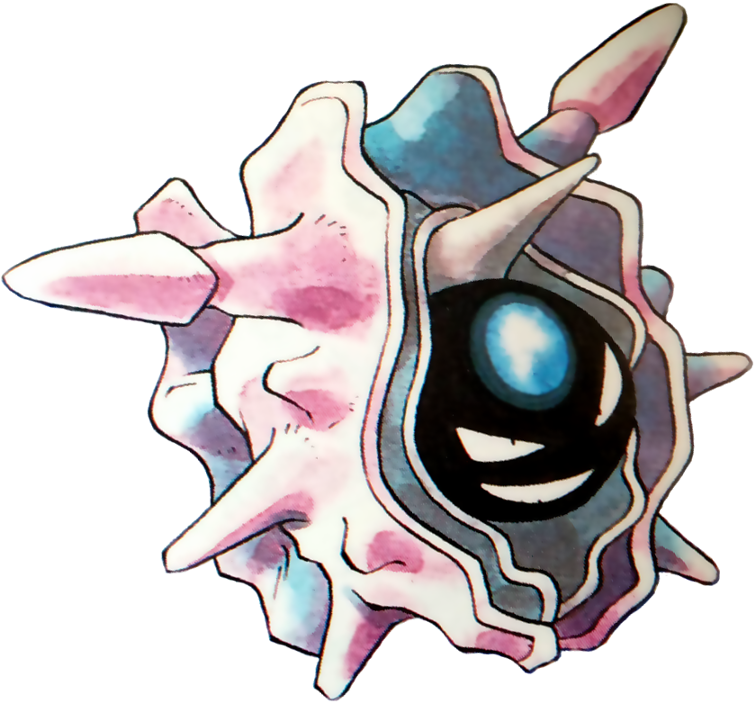
For a powerful Ice setup sweeper, use Cloyster. It has just enough Speed and attacking stats to make it a very effective use of Shell Smash, and Skill Link Icicle Spear is one of the best moves in the game.
If you prefer a Bug type user of Quiver Dance, use Ribombee. It trades a chunk of bulk and offense for much more Speed, and actually possesses a couple of relevant resistances.
Thus ends the roll-call of shame, Trainers! We hope this article has inspired you to think critically about what it takes to make the cut in top-tier competitive play, but here at Pokéjungle we’re always ready to be wrong with our analysis – let us know on our Discord server if you think so!

